Jungle Stories
to Explain Disability
Fulber
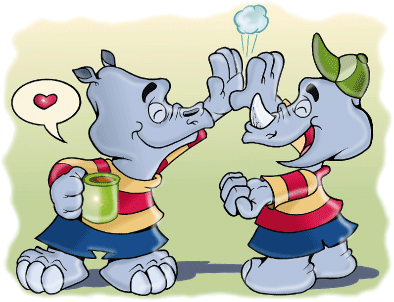 To develop the ideal metaphor for a simple explanation of disability, the non-profit Anffas Trentino cooperative asked for help from the Trento author Fulber who, this time, took advantage of several universal heroes of children's literature who, thanks to their intuitions, have inspired authors, publishers and producers in every corner of the world. To develop the ideal metaphor for a simple explanation of disability, the non-profit Anffas Trentino cooperative asked for help from the Trento author Fulber who, this time, took advantage of several universal heroes of children's literature who, thanks to their intuitions, have inspired authors, publishers and producers in every corner of the world.
The thread that connects them is the dedication to the transposition of humanised animals with the explicit purpose of conveying a moral.
From Aesop, who lived in the 6th century BC, we inherited the famous fables of the wolf and the grapes, the grasshopper and the ant, the goose that laid the golden eggs and many others that influenced western culture and were later adapted by Phaedrus and La Fontaine.
Animal models from Aesop to Kipling
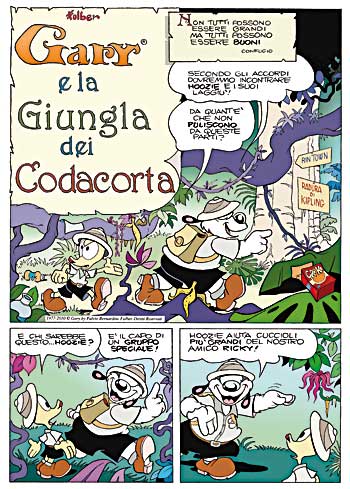 While reading up on the life of Baden Powell, the founder of scouting, Fulber noted how he believed so much in the power of the stories in The Jungle Book by his friend Rudyard Kipling, that he asked permission to use its characters and settings for the new cub scout organisation. While reading up on the life of Baden Powell, the founder of scouting, Fulber noted how he believed so much in the power of the stories in The Jungle Book by his friend Rudyard Kipling, that he asked permission to use its characters and settings for the new cub scout organisation.
As in the fables of Aesop, Phaedrus and La Fontaine, even Kipling used the animal kingdom to create positive and negative characters, filled with virtues and defects as a metaphor for the strengths and weaknesses of human society.
From these thoughts, he developed animal models for the heroes of these cartoon stories and the microcosm, written and illustrated by Fulber, that explains disability; with the purpose of explaining its meaning to… human cubs.
New Friends from the Kingdom of Little Town
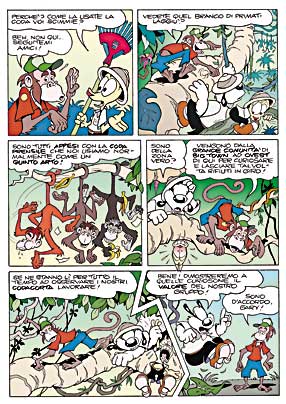 The parallel with human society is obvious and is geographically distributed as follows: to the West, the Western sun sets on Big Town, inhabited by a species of “normal” animals. The parallel with human society is obvious and is geographically distributed as follows: to the West, the Western sun sets on Big Town, inhabited by a species of “normal” animals.
To the East, the rising sun lights up Little Town, where we find the villages where animals with disabilities live. In the middle, there is No Man's Archipelago, which is washed by the Swamp of Prejudice, a sad, fog-bound place.
Each class of animals has their own micro-village to live in, as happens in the episode Gary and the Jungle of the Shortails, where a group of young monkeys with disabilities, coordinated by their trainer, Hoozie, show the rest of the Big Town bunch what they're good at.
The Anffas Trentino cooperative is the sponsor of this publishing project and wanted to use cartoons to develop a culture of true social acceptance of persons with intellectual and relational disabilities.
According to Massimiliano Deflorian, Anffas's Director General, the objective is to create a cartoon story that explains what disability is by dealing with subjects related to how the characters created by Fulber work and live. The idea of creating a cartoon to explain concepts that are often difficult came from the objective of reaching a younger, larger and more open public, especially by using a new method to convey a positive image of persons with disabilities and their families and to develop healthier and more 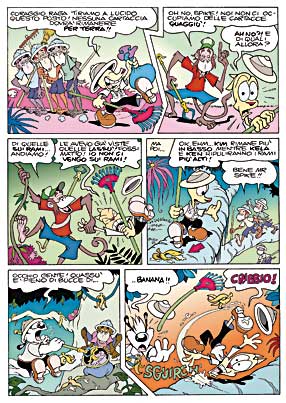 acceptable approaches to this subject. This is an essential step in a process of education and cultural growth addressed to the public at large. acceptable approaches to this subject. This is an essential step in a process of education and cultural growth addressed to the public at large.
The collaboration between Anffas and Fulber was an extraordinary occasion to deal with a variety of subjects, not by looking at them from the outside (as a neutral observer) but by working from the inside out: the protagonists tell their own stories through charming sketches narrated by the cartoon characters Gary and Spike. The work of the all the persons involved in the project, from the characters themselves to the professionals that work with them, is fundamental to its great impact. Ideas, thoughts and concepts are expressed through cartoons and explained using an original narrative code.
© Fulber texts and drawings
Fulvio Bernardini - Fulber Creazioni Trento
Via San Vito, 145 Cognola 38100 Trento - Italia
Tel. e Fax 0461 980303 ¬ cell. 348 2617560
E-mail: bernardini.fulvio@alice.it - sito web: www.fulber.it |
|
|
 NUMBER 9
NUMBER 9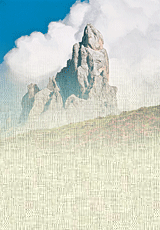
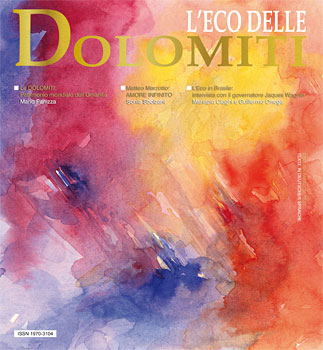
 NUMBER 9
NUMBER 9
